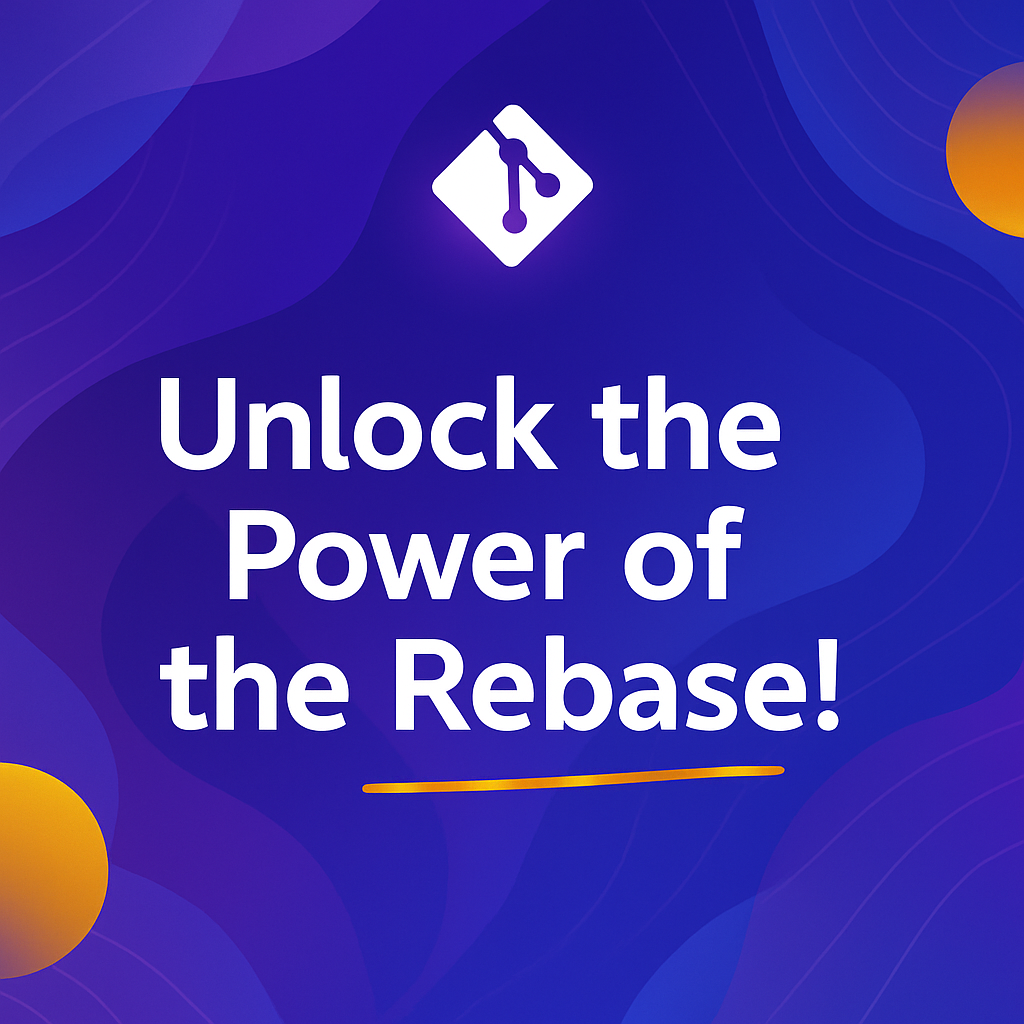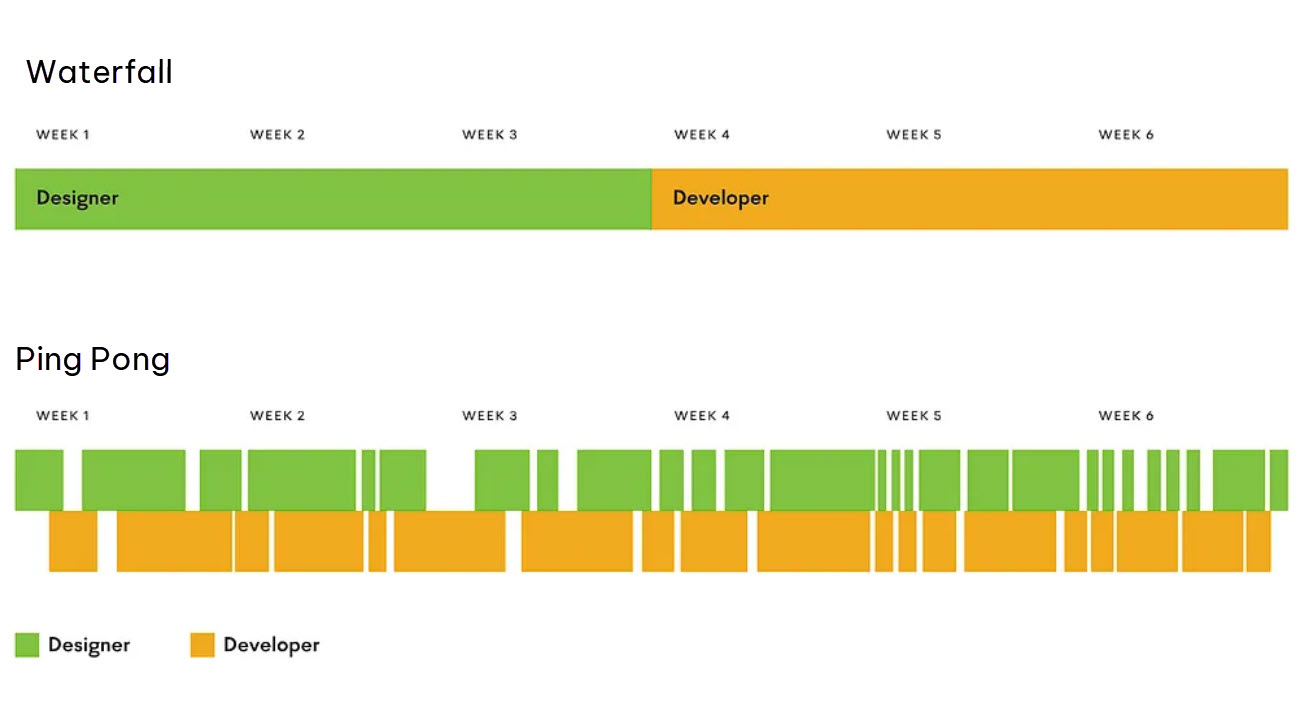I Got Traffic. Now What?
By Jon Rognerud – Entrepreneur.com
Congratulations. Through diligent keyword placement, content creation, and internal and external link development, you’ve optimized your site to attract search engine visitors for your top related terms and phrases.
Now that they’re coming, how do you get them to stay? And more importantly, how do you get them to buy?
It’s a lot easier than it looks. By mastering the following 11 techniques, you can be assured higher conversion rates, more sales and, best of all, more money in your pocket.
1. Clean house before you have visitors over. Your website should have a clean, professional, easy-to-navigate design. If it looks like your 10-year-old nephew designed your website, potential customers may conclude that he designed your product, too–and leave right away.
A professional-looking design inspires confidence in your visitors, with the added benefit of making it simple for them to find exactly what they need–or didn’t know they needed.
It doesn’t have to be expensive. You can purchase a customizable template at sites like Template Monster or hire a freelance designer at a site like Guru or Rent-A-Coder. Make sure you change the template enough so that it doesn’t look like one.
2. Provide details, details, details. While you don’t want to reprint the dictionary, the more details you can provide your potential customers, the higher the perceived value of your products and the more comfortable your visitors will be making a purchase.
If you’re selling an information product, include an excerpt or two–maybe even a full chapter. List the table of contents, the glossary and/or the appendix. Mention the page count, word count, chapter count, or that it includes “101 color palettes to make your living room pop” or “interviews with 27 industry leaders.”
If you’re selling a physical product, include one or more high-quality images. In fact, even if you’re not selling a physical product, creating a fake “book graphic” and highlighting a photo of it can lend credibility while making a lengthy text description easier on the eyes. List the dimensions, the weight and/or the materials.
When describing the tangible benefits of your products, don’t forget to appeal to your customers’ emotions. Don’t just tell them that your abdominal crunching machine can help them do 50 crunches a minute; remind them how great their six-pack abs and smaller dress size will make them feel.
Along the same line, include images that appeal to their emotions. Don’t just put up a photo of your abdominal cruncher against a white wall. Instead photograph a fit, attractive person having fun using it.
3. Make suggestions. If you have more than one product, cross-promote and up-sell where you can. It’s very likely that a person looking at a birdhouse will also want birdseed and a guide to identifying North American birds. In fact, even if they decide they ultimately don’t want the birdhouse, they may still wind up buying one or more of the related products. Make sure you track the various items on your page. See my More Money from Landing Pages blog post for more on that.
4. Create a sense of urgency. If you give visitors the impression that your website and special pricing will be around forever, they might take that long to decide if they want to make a purchase. Boldly announce a sales price that only lasts until midnight, or that you only have 12 items remaining in stock and aren’t sure if you’ll ever have more. This will encourage readers to buy right now instead of thinking they can wait until later.
5. Give clear directions. Studies of website visitors have shown that using the phrase “Click here” or “Yes, I want my white paper” instead of a vaguer phrase like “Read more” yields much higher click-through rates. Don’t assume anything. If they need to click a link to make a purchase, explicitly tell them to click the link.
6. Start high, end low. Another strategy for getting people to make purchases is to start out by offering an expensive item–say, a complete set of 100 motivational DVDs with 1,000 hours of video–and then introducing a smaller, more affordable version of the item. The idea is to whet their appetite for all that you could be offering, and then give them a version that they can also benefit from without breaking the bank.
The best part is that some visitors will buy the higher-priced item, too.
7. Everyone likes something for free. Come up with a bonus to offer for free with each purchase. If you sell an information product, offer a free e-book or newsletter. If you ship a physical product, throw in an extra accessory or even something as small as a sticker. Even better: Factor in the cost of shipping into each item’s price and then offer “free” shipping.
8. Give your word–and stick to it. Offer a money-back guarantee on whatever products or services you’re selling. This makes it easier for potential buyers to hand over their money. Offering a 60- or 90-day guarantee allows the person to trust you and take action on your offer.
Will a few unscrupulous buyers take advantage of your guarantee? Probably, and the best way to deal with them is to refund their money and move on. Honoring your word in this way builds positive word-of-mouth marketing, and if nothing else is simply good business karma. The additional sales you’ll earn in exchange for offering a money-back guarantee is well worth it.
9. Offer testimonials. Inspire trust in your visitors by displaying testimonials from happy customers. If you haven’t sold anything yet, ask friends and family to write testimonials for you, or swap testimonials with an online acquaintance selling a non-competitive–or better yet, complementary–product. Adding a video or audio clip is something you should consider, especially in the current YouTube times.
10. Get them to leave something, if not their money. The mere fact that someone arrived at your website in the first place means they’re interested in what you have to offer. There’s a myriad of reasons why they may not purchase right away.
Don’t let them leave without saying good-bye. Offer a free bonus, gift or coupon code in exchange for their e-mail address. A great strategy is to invite visitors to sign up for a free newsletter or information product that requires their e-mail address to deliver. You can then send periodic e-mails announcing sales, specials or new products to these potential customers, who are already pre-screened and want what you have.
11. Don’t forget to keep working on SEO. Once the traffic starts rolling in, it’s easy to forget how your visitors found you in the first place. Keeping up with your SEO strategies will ensure a steady stream of customers for a long time to come. SEO is a never-ending task.
Jon Rognerud is a recognized authority on the subject of search engine optimization and has spent more than 15 years developing websites and marketing solutions at companies like Overture and Yahoo!. His website, www.jonrognerud.com, provides a wealth of informative articles, resources and complimentary e-mail courses on everything you’ll ever need to know about SEO and search marketing.






